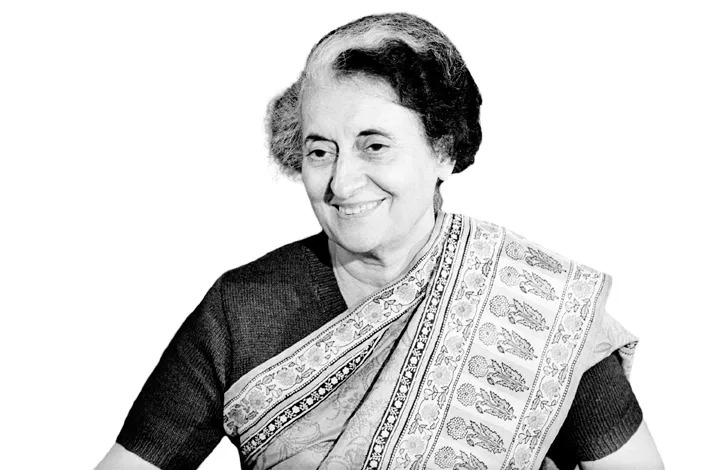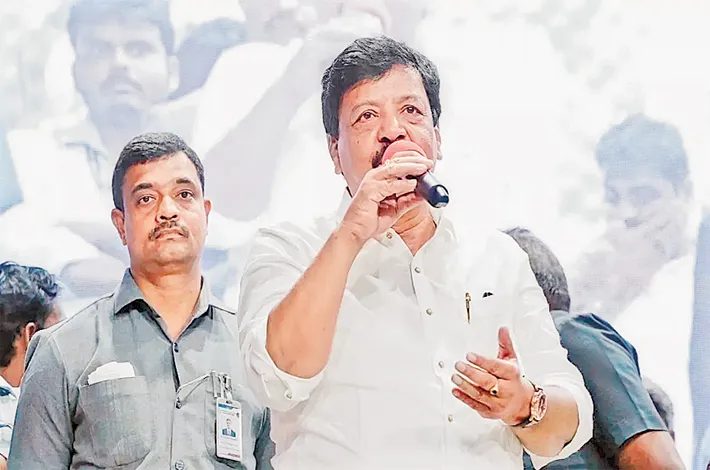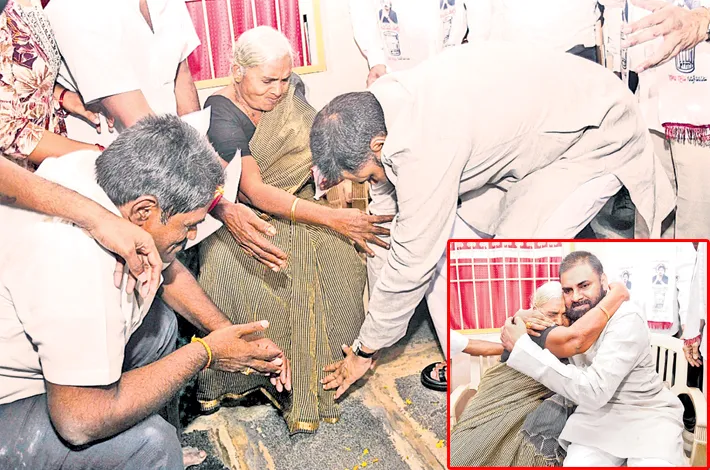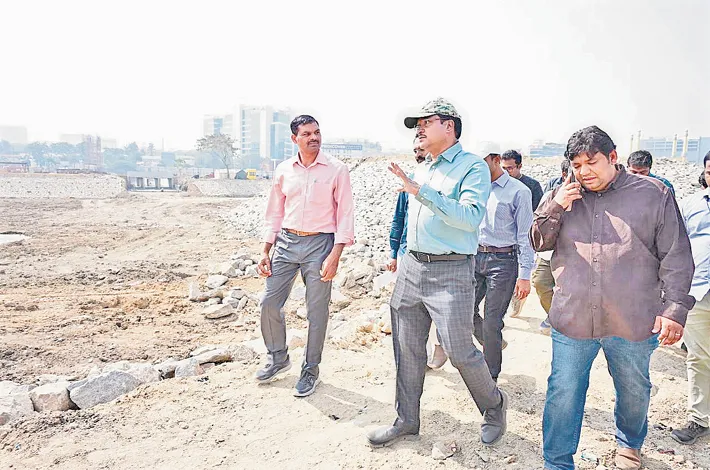Remembering Indira Gandhi’s call
31-10-2025 12:00:00 AM

Venkat Parsa I hyderabad
It is 41 years since Indira Gandhi was assassinated. On October 31, 1984, she was brutally killed by her own security guards. A threat existed ever since she took the decision to go in for Operation Bluestar. She took a conscious and calculated decision in supreme national interest, even at the risk of endangering her own life. After Operation Bluestar from June 5-7, 1984, for the first time, security of Prime Minister Indira Gandhi came under the scanner. Till then, anyone could walk in or out of her 1, Safdarjung Road residence in the Capital, unhindered. But, after Operation Bluestar, the security apparatus became apprehensive for the life and personal security of Indira Gandhi.
It was at this juncture that the then Union Home Minister P V Narasimha Rao sent a confidential note to Indira Gandhi, suggesting recasting her personal security ring by withdrawing Sikh guards. This assumed significance, as the assassins took part in Amrit-Chakna ceremony, where they sworn to avenge the alleged desecration of the Golden Temple. Indira Gandhi contended that if the personal security was retained in its existing form, there may be a threat to her own life; however, if her personal security ring was recast, she may live longer, but an entire community would have been alienated forever. That was not acceptable to her.
After Operation Bluestar, the only visible change at 1, Safdarjung Road residence of Indira Gandhi was a policeman posted outside the gate and one posted inside.
On the fateful day of October 31, 1984, Satwant Singh, on medical grounds, got himself posted at the sentry gate, through which Indira Gandhi had to pass to reach her office in the adjacent 1, Akbar Road. Beant Singh from the main gate joined Satwant Singh at the sentry gate and fired three rounds with his service revolver at Indira Gandhi, as she was walking down to her office for recording a scheduled interview for Peter Ustinov for Irish TV. Satwant Singh then fired 30 rounds through his sten gun. She chose to lay down her life, but stubbornly refused to compromise on her abiding values and a vision for the future of the country.
In fact, Indira Gandhi concluded her address on All India Radio on June 2, 1984, on a poignant note, saying, “Let us join together to heal wounds. The best memorial to those who have lost their lives is to restore normalcy and harmony in the Punjab, which they loved and served. To all sections of Punjabis I appeal: Don’t shed blood, shed hatred.” That was her broader message to the nation.
Mixing Religion, Politics
Indira Gandhi had always opposed mixing of religion with politics. When a person thinks of religion in an emotional way, he is swept off his feet, losing all sense of balance. Results often prove to be not merely dangerous but disastrous. Prior to Independence, it was the Muslim League brand of communalism, which the Congress opposed. It resulted in Partition holocaust.
Post-Independence, the Hindu Right loomed large as the menacing threat. The horrendous and tragic assassination of Mahatma Gandhi triggered an era of communalism in India that tore asunder the social fabric. The Akali Dal brought about a heady mix of religion and terrorism that rocked Punjab throughout the decade of the 1980s.
Punjabi Subah
Significantly, during the tenure of Pandit Jawaharlal Nehru, the demand for Punjabi Subah was rejected. Finally, Punjab was carved out by Indira Gandhi and it came into being on November 1, 1966. Throughout the two decades from 1947 to 1967, the Congress was in power. Pratap Singh Kairon was the tallest leader, who brought great development to Punjab.
The Congress has been continuously in power prior to the carving out of Punjab. The situation altered in the State Assembly elections in 1967, when the Akali Dal came to power in Punjab, even as Samyukth Vidhayak Dal (SVD) Governments were formed across the States, although Indira Gandhi did manage to retain power at the Centre.
In 1972, the Congress Wave in the country swept away the Akali Dal and the Congress came to power Punjab. It was this defeat that made Akali Dal to rethink its strategy. The Akal Dal appointed a Sub-Committee on December 11, 1972, to craft a party platform. The Sub-Committee Report was unanimously adopted at the Akali Dal Working Committee at the meeting held on October 16-17, 1973, at Anandpur Sahib. It has since come to be known as the Anandpur Sahib Resolution, which was a mix of religious and political demands.
Anandpur Resolution
Anandpur Sahib Resolution wanted Sikhism to be recognized as a religion, separate from Hinduism; devolution of powers; and more autonomy for Punjab. Indira Gandhi considered Anandpur Sahib Resolution to be secessionist in nature, as it aimed for the establishment of Khalistan in India, leading to the division of India.
Indira Gandhi’s Appeal
Indira Gandhi appealed to the Sikh community, emphasizing India’s unity across all faiths and equal rights for every citizen. She agreed to consider recognizing Sikhism as a separate religion and amending Article 25(2)(b) after consulting the SGPC and experts. On Centre-State relations, she set up the Sarkaria Commission and agreed to a tribunal for the Ravi-Beas water dispute. However, the Akali Dal sought to reopen settled water and territorial issues, including Chandigarh. Indira Gandhi warned that the government would not tolerate violence or terrorism. As negotiations collapsed, she authorized Operation Bluestar on June 1, 1984. Conscious of threats to her life, she declared in Bhubaneswar on October 30, 1984, that she would serve India until her last breath.








